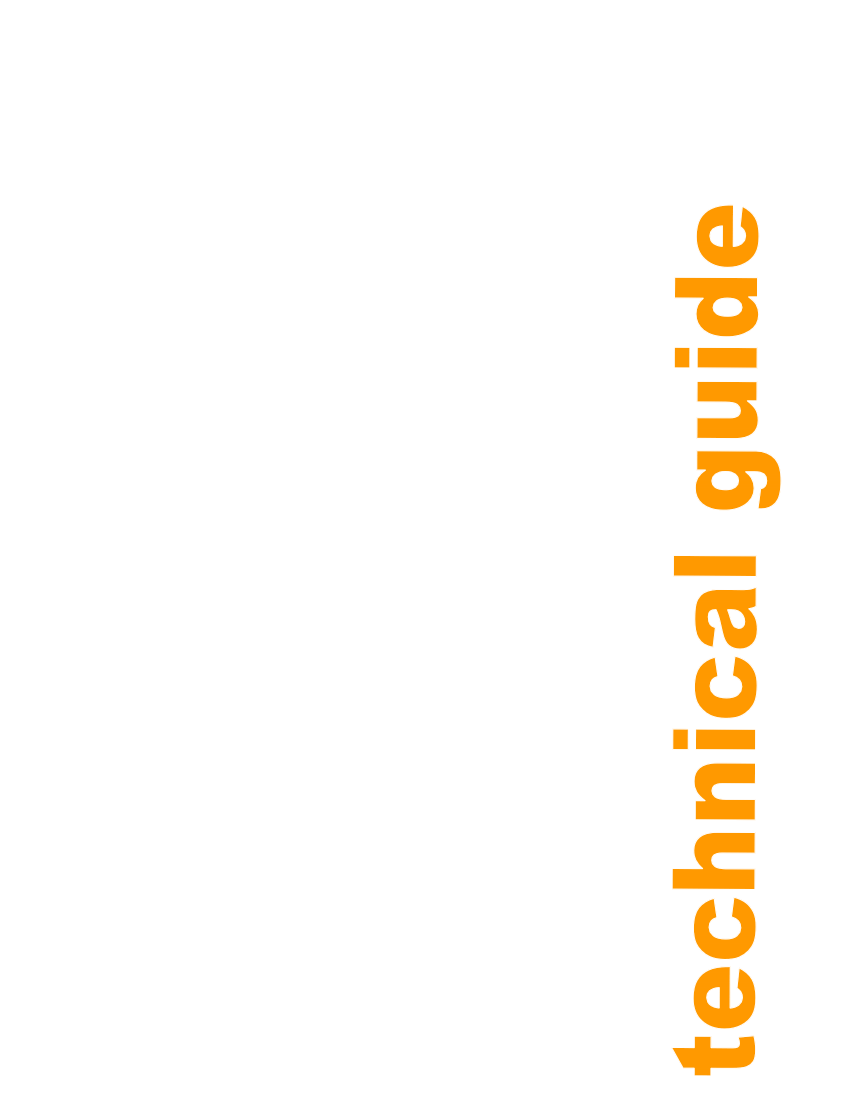
DRYIT Semi-Continuous Tray Drier
Practical Action
Stop bar and Handle Hook
Before fixing the positions of the stop bar and handle hook four trays are needed to take up
any play in the lifting mechanism. Therefore, the section on tray construction must be
followed before continuing.
The stop bar is welded to one tie rod assembly to prevent the fingers being raised too high,
which would result in the mechanism jamming.
The handle hook is used to retain the handle of the lifting lever extension bar whilst the
fingers are in their raised position, allowing the loading and unloading to be performed by
one person.
To fix the position of the stop bar:
16.)Place four trays into the dryer.
17.)Fix the operating lever extension to the operating lever and pull down, to raise the
second bottom tray and those above it by 25 mm. The fingers will now be in the fully
raised position.
18.)Mark one of the tie rods where it passes through the slot in the horizontal beam of the
tray cabinet.
19.)Lower the trays and weld on the stop bar at the position marked in stage 18.
Positioning the handle hook requires two people.
To fix the position of the handle hook:
20.)Remove the four trays. One person holds down the operating lever so that the stop bar
is hard up against its stop. The other person places the hook on the upper frame centre
support, so that the end is roughly in line with the handle ( see figure 2) Put the back
corner of the handle over the hook end and move the hook down the centre support until
it holds the handle in position. Mark the holes in the hook upright through to the upper
frame. Remove the handle hook, drill the holes and bolt the handle hook on.
21.)Fit the drying cabinet doors by welding or bolting the hinges in position.
22.)Fit door latches
The drier is now complete, ready to be connected to the heat or hot air source.
It is recommended, however, as it will operate under moist internal conditions that all
cladding should be covered with at least two coats of good quality varnish.
27